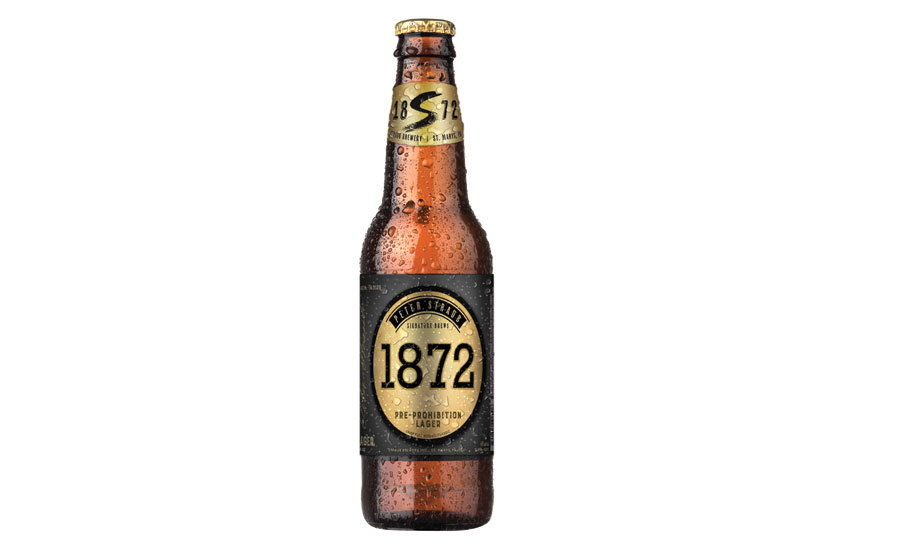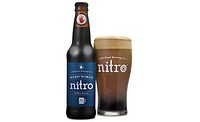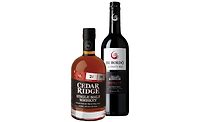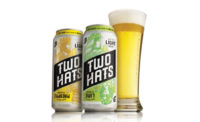The tenth amendment of the U.S. Constitution states that outside of the powers delegated by the Constitution, states and their people possess the remaining power. Because of this, the U.S. alcohol sales laws can vary greatly from state to state; however, deregulation by states for various reasons is offering new opportunities for alcohol retailers but also is intensifying competition.
According to a September 2016 report from Los Angeles-based IBISWorld titled “Beer, Wine & Liquor Stores in the US,” deregulation of state-run liquor stores as well as growing consumer interest in high-margin products like craft beer or imported alcohol beverages have increased profitability in the past five years.
“Over the five years to 2016, the beer, wine and liquor stores industry benefited from slight deregulation and growth in consumers’ off-premise alcohol consumption,” the report states.
Released in June, the IWSR U.S. Beverage Alcohol Review report noted that on-premise volume sales slightly decreased in 2016 as more consumers opted to drink at home. As a result, off-premise alcohol sales were up last year, the London-based market research firm noted in a press release.
IBISWorld also estimated that for the five-year period ending in 2016, revenue increased at an annualized rate of 2.1 percent, bringing annual sales to $50.1 billion for package stores.
Super-premium beverage alcohol trends in conjunction with consumer confidence also are positive for package stores, according to IBISWorld.
“Consumer taste preferences have shifted away from popular global beer brands toward local craft styles that boast high-quality ingredients and a variety of unique flavors,” the report states.
In its “2016 Economic Briefing,” the Washington, D.C.-based Distilled Spirits Council reports that in 2016, high-end spirits accounted for 21.1 percent of the category’s volume, while super-premium represented 9.5 percent. This is up from 20.5 percent for high-end and 8.8 percent for super-premium in 2015.
Table wine sales also have shown growth within the super-premium segment. In its May report titled “U.S. Alcohol Beverage Trend Analysis,” New York-based Beverage Marketing Corporation (BMC) highlights that super-premium table wines ($15 or more) accounted for 14.2 percent of sales in 2016, up from 11.3 percent in 2011.
The beer market reflects even stronger growth for the high-end and super-premium segments. BMC data shows super-premium beer volume up 6.4 percent in 2016 compared with 2015 and high-end beer volume up 6.6 percent in the same time frame.
Noting millennial consumers’ population size and likelihood to consume high-end, super-premium alcohol beverages, IBISWorld expects this trend could benefit beer, wine and liquor store operators. According to the market research firm, consumers ages 21 to 44 years old represent 52.2 percent of all sales within this retail channel.
“This age demographic has increased as a portion of industry revenue in the five years to 2016, owing to the rising popularity of cocktails and craft beer among this group,” the report states. “Liquor used for cocktails is more expensive than most beers and wine, thus increasing sales among consumers in this demographic will help drive industry revenue fastest. Craft beer has also generated significant appeal among consumers within this demographic.”
The eCommerce effect also has impacted beer, wine and liquor retailers. IBISWorld’s report notes that deregulation has allowed package stores to offer digital ordering benefits in various markets.
“[I]ndustry stores in some states have expanded their services to include online ordering and shipments to customers in select areas,” it states.
Costs of deregulation
Although the deregulation of state-run operations has benefited package stores, liberalized alcohol sales laws also have allowed more retail channels to sell alcohol, providing new competition, IBISWorld’s report notes.
“As more external competitors, like wholesaler clubs and supermarkets, use their large operations to secure low prices from alcohol suppliers, more industry operators will have to provide competitively priced alcoholic beverages,” the report states.
IBISWorld notes that these external competitors often have larger establishments, allowing them to negotiate with distributors for alcohol supply contracts that contain a lower-cost element compared with package stores.
“Beer, wine and liquor stores typically have limited bargaining power and small operations, which translates into relatively high per-unit purchase costs when dealing with state-run or private wholesalers,” the report states. “Although deregulation and declining alcohol excise taxes have proven beneficial to the industry, added competition from other retailers will ultimately limit the potential gains that come from greater access to alcoholic beverages.”
Because of this competition as well as gradually declining per capita alcohol consumption among consumers, IBISWorld is forecasting industry revenue to drop at an annualized rate of 0.5 percent for the five-year period to 2021 totaling $49 billion. BI




